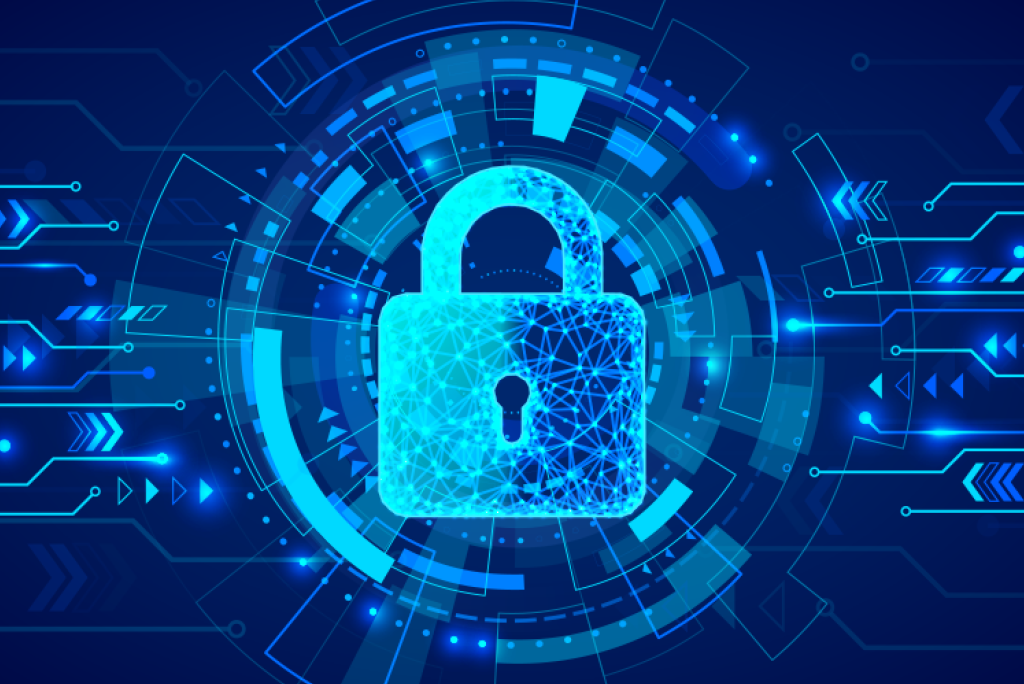As our world becomes increasingly digitized, the need for strong cybersecurity measures grows more pressing by the day. Cybercriminals are constantly developing new techniques to steal sensitive information, and it's up to organizations and individuals alike to stay one step ahead of these threats. In this blog post, we'll explore some of the top cybersecurity technologies that are essential for keeping your data safe.
Encryption
Encryption is a process that transforms data into an unreadable format that can only be accessed with the right decryption key. This makes it an excellent tool for protecting sensitive information like financial data, trade secrets, and personal information. There are many encryption methods available, including symmetric and asymmetric encryption, and some tools even allow for end-to-end encryption, which ensures that data remains secure throughout its entire journey.Multi-Factor Authentication (MFA)
Multi-Factor Authentication is a security process that requires users to provide multiple forms of identification before they can access a system or application. This might include a password, a fingerprint scan, or a text message verification code. By requiring more than one form of identification, MFA adds an extra layer of security that can make it much more difficult for cybercriminals to gain access to sensitive data.Threat Intelligence
Threat intelligence is the practice of gathering and analyzing data about potential cybersecurity threats. This includes monitoring social media, tracking phishing scams, and analyzing malware attacks. By gathering this information, organizations can identify potential threats before they become major issues and take steps to mitigate them.Network Security
Network security involves protecting a computer network from unauthorized access, misuse, modification, or denial of service. There are many tools and techniques available for securing a network, including firewalls, intrusion detection and prevention systems, and virtual private networks (VPNs). By implementing these technologies, organizations can help ensure that their network and the data it contains remain secure.Security Information and Event Management (SIEM)
SIEM is a security technology that combines security information management (SIM) and security event management (SEM) to provide a complete view of an organization's security posture. This includes real-time monitoring of security events, alerting, and incident response. By using SIEM, organizations can identify potential security issues more quickly and respond more effectively to mitigate any damage.
conclusion:
cybersecurity is an essential component of modern business operations, and there are many tools and technologies available to help keep data safe. From encryption to network security to threat intelligence, organizations can take advantage of a wide range of tools to protect themselves from cybercriminals. By staying up-to-date on the latest cybersecurity technologies and best practices, organizations can minimize the risk of cyberattacks and keep their data safe from harm.

